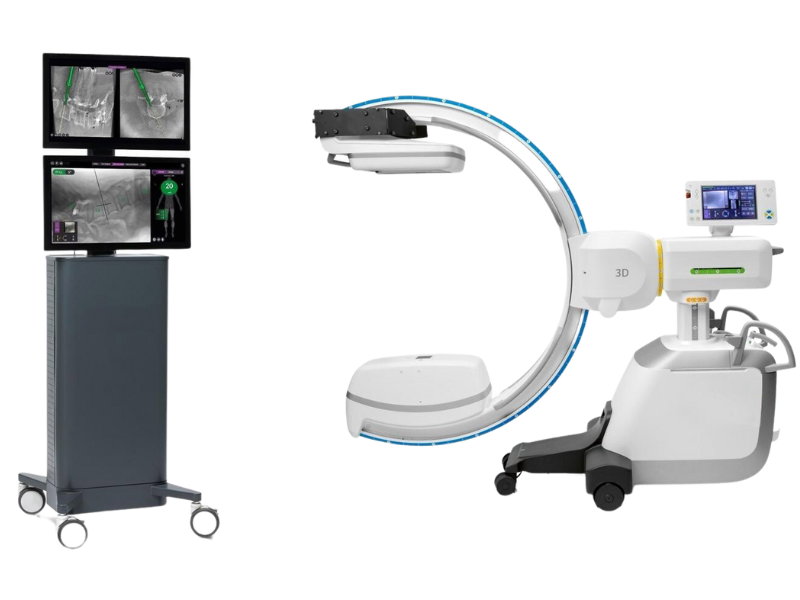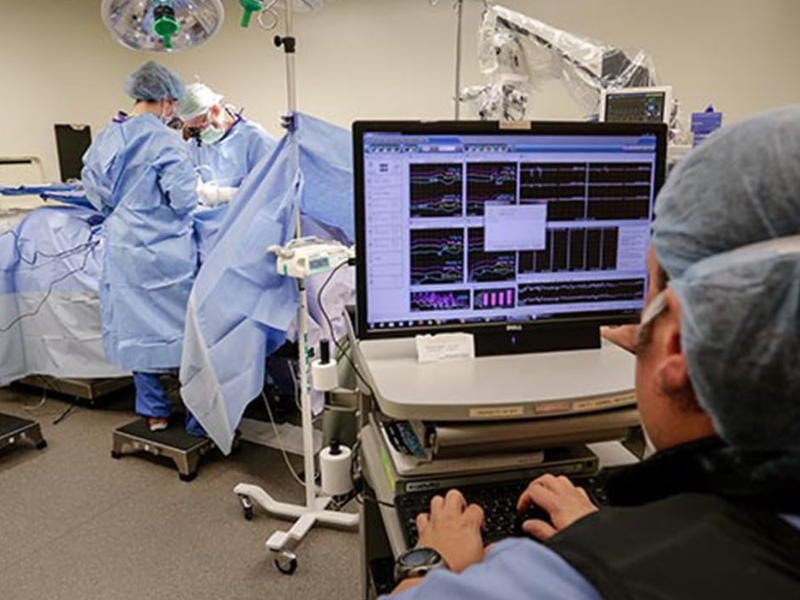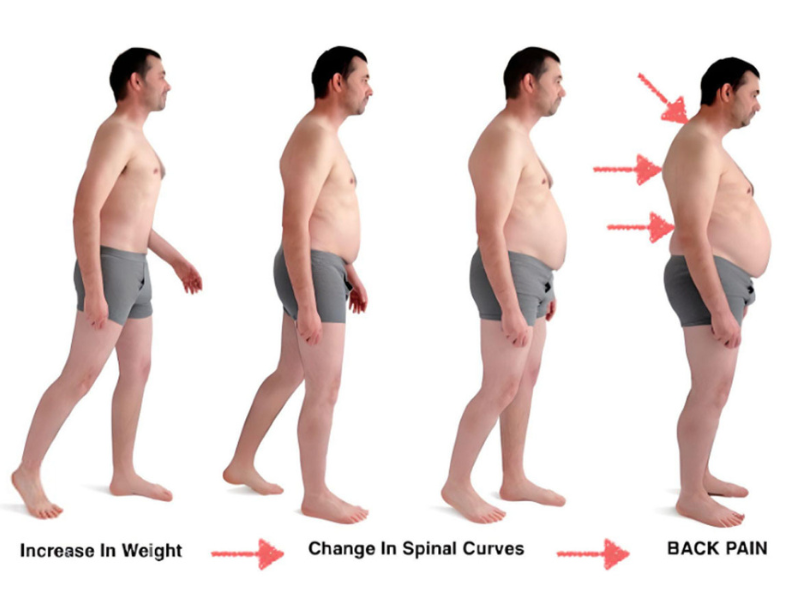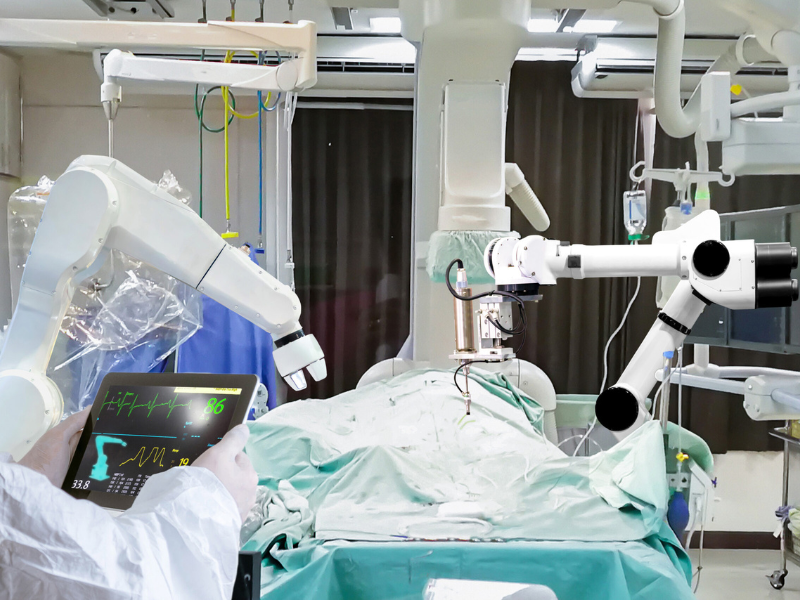
Unveiling the Mystery of Lower Back Pain
June 15, 2023In the realm of medical advancements, the field of spine surgery has witnessed remarkable progress in recent years. One particular technology that has revolutionized the way surgeons approach complex spinal procedures is live navigation. With its ability to provide real-time guidance and enhanced precision, live navigation has become an indispensable tool in modern spine surgery. In this blog, we will explore the concept of live navigation in spine surgery, its benefits, and its impact on patient outcomes.
Understanding Live Navigation:
Live navigation, also known as intraoperative navigation or computer-assisted surgery, involves the use of advanced imaging techniques and computer technology to assist surgeons during spinal procedures. The technique utilizes preoperative images, such as CT scans or MRI, which are then integrated into a computer system that creates a 3D model of the patient’s spine. This 3D model serves as a virtual map, allowing surgeons to navigate through the intricate structures of the spine with greater accuracy.
Benefits of Live Navigation in Spine Surgery:
- Improved Accuracy: One of the primary advantages of live navigation is its ability to enhance surgical precision. Surgeons can visualize the exact location of critical structures, such as nerves and blood vessels, in relation to the surgical instruments in real time. This enables them to make more precise incisions, remove tumors or herniated discs with greater accuracy, and ensure minimal damage to surrounding healthy tissues.
- Enhanced Safety: Live navigation provides an additional layer of safety during spine surgery. By having a clear visual representation of the patient’s spine and its surrounding structures, surgeons can avoid potential complications, such as inadvertent nerve injury or excessive bleeding. This technology acts as a virtual guide, offering real-time feedback and reducing the risk of surgical errors.
- Complex Procedure Assistance: Spine surgeries often involve complex procedures, such as spinal fusion or corrective surgeries for scoliosis. Live navigation aids surgeons in planning and executing these intricate procedures. By accurately determining the ideal trajectory for screws, implants, or corrective maneuvers, surgeons can achieve better outcomes and reduce the need for revision surgeries.
- Minimally Invasive Approaches: Live navigation has played a pivotal role in advancing minimally invasive spine surgery. With its ability to provide real-time feedback, surgeons can perform delicate procedures through smaller incisions. This results in reduced postoperative pain, shorter hospital stays, and faster recovery times for patients.
Challenges and Future Directions:
While live navigation has transformed spine surgery, there are a few challenges associated with its implementation. The initial setup and calibration of the navigation system can be time-consuming. Surgeons and operating room staff need adequate training to effectively use the technology and interpret the navigational data. Additionally, cost considerations and accessibility to advanced equipment can pose obstacles.
Looking ahead, ongoing advancements in imaging technology, artificial intelligence, and robotics are likely to further refine live navigation systems. Improved image resolution, real-time data integration, and predictive analytics will enhance surgical planning and decision-making. Additionally, the integration of robotics into live navigation may allow for more precise and automated instrument guidance, further reducing human error.
Live navigation has emerged as a game-changer in spine surgery, revolutionizing the way surgeons approach complex procedures. By combining advanced imaging techniques with computer-assisted guidance, surgeons can achieve unparalleled accuracy and safety in navigating the intricate structures of the spine. As the technology continues to evolve, live navigation holds the promise of further improving patient outcomes, minimizing complications, and advancing the field of spine surgery to new horizons.





